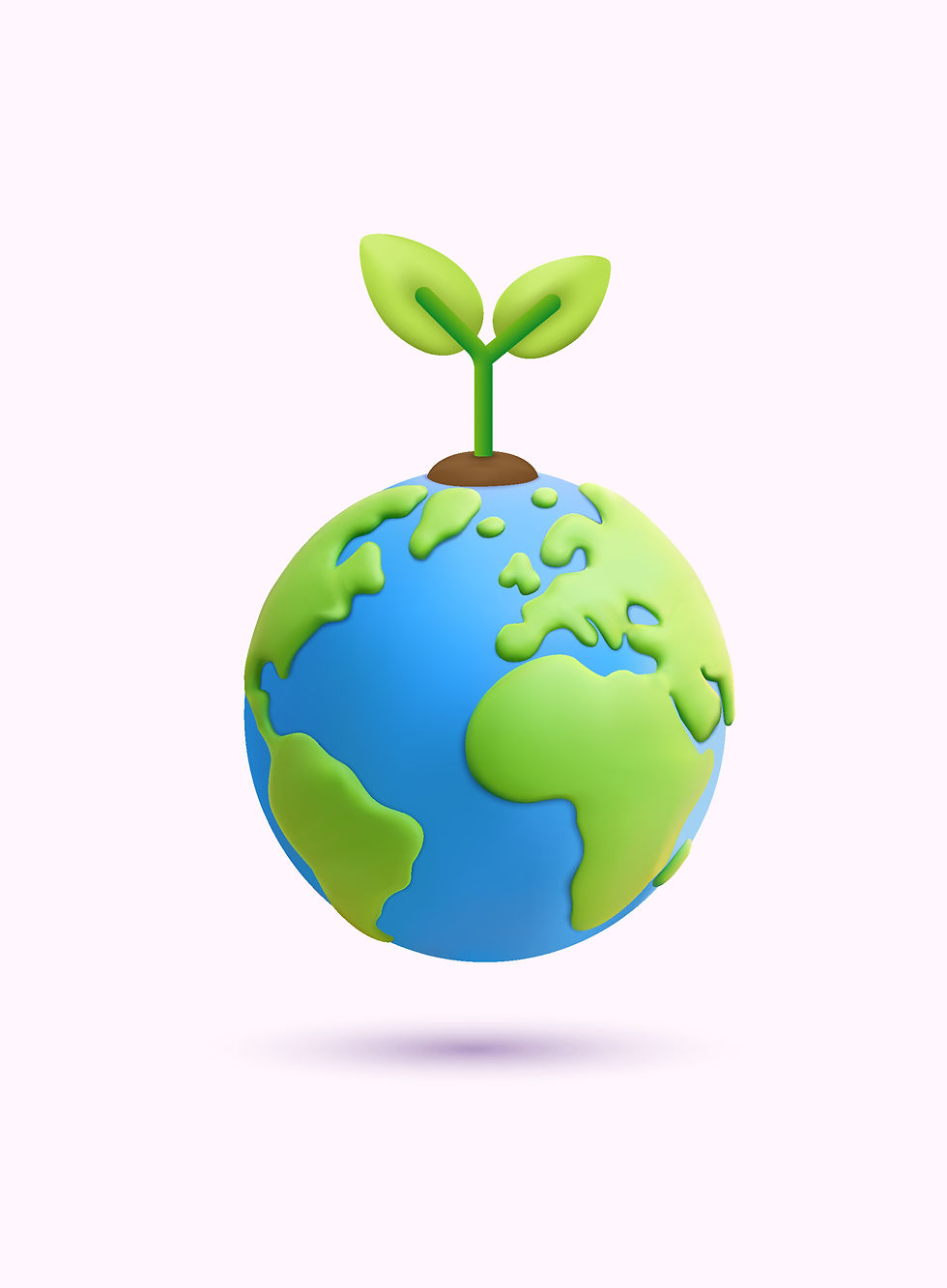How Does Agriculture Help Us Achieve the Environmental SDGs?
- agforlife
- Mar 16, 2021
- 3 min read
The agriculture industry is vital to achieving the Sustainable Development Goals (SDGs). There are many challenges and opportunities the industry faces on the road to sustainability, but by advancing agriculture we will make significant strides towards achieving the United Nations’ 2030 Agenda for Sustainable Development. While it might be easier to see agriculture’s connection to Goal 2: Zero Hunger, as the industry works to supply the world with enough food, and Goal 3: Good Health and Well-Being, as it promotes proper nutrition and diet, the agriculture industry is also closely connected to the rest of the SDGs. Transforming agriculture through investment and action in three distinct areas: innovation and technology, markets and business, and political strategy, will in turn impact and drive other social, economic, and environmental sustainable development goals.(1)
Environmental Goals
Goals centred on climate action and the protection of land and water resources are vital to the future of our planet. Agriculture is a large contributor in determining the success of these goals, and the challenge is to maintain waterways, forests, and soil health, all while feeding a growing population. There are many opportunities for investment within the agriculture industry that are working to solve these issues, supporting Goal 6: Clean Water and Sanitation, Goal 7: Affordable and Clean Energy, Goal 11: Sustainable Cities and Communities, Goal 12: Responsible Consumption and Production, Goal 13: Climate Action, Goal 14: Life Below Water, and Goal 15: Life on Land.

For instance, innovation and technology like plant breeding and seed storage help keep diversity in our food and create more resilient traits in plants to resist pests and unpredictable environmental factors. This helps farmers produce more food on less land, reducing clear-cutting for agricultural purposes. Other technologies such as biofuels are working to reduce CO2 pollution levels by creating a renewable energy source out of plant matter and waste.(2) By mixing biofuels with fuels used in the transportation sector, we can reduce the amount of harmful greenhouse gases (GHGs) being released during the transportation of food. To continue exploring this innovation, Shell has partnered with SBI BioEnergy in Alberta to develop this green energy source into a financially sound alternative.(3) One of the main crops grown in Alberta and used in biofuels is canola, which is certified sustainable by the International Sustainability and Carbon Certification (ISCC) system. It produces 90 per cent less GHGs than fossil fuel diesel.(4)

Changes in crop management strategies also help protect the environment. Adopting methods that will limit waste and pollution while increasing soil health are vital to the success of the environmental SDGs. For example, it can be a challenge to keep nutrients such as nitrogen, potassium, and phosphorous within the food cycle. These nutrients are important to plant and soil health, because they provide crops with the minerals they need to grow. However, when mismanaged, these nutrients can become depleted or even polluting. Nitrogen, for example, can be lost due to runoff or leaching into waterways, causing harm to the environment. With the goal of keeping nitrogen near the root zone of plants, farmers are implementing new sustainable methods of delivering nutrients. Runoff can be prevented by proper storage of nitrogen sources (such as manure), preventing them from washing away. Through evaluation of the land, leaching can also be prevented by avoiding sandy, gravely, or sloped areas where the nitrogen is more likely to travel down to shallow water tables.(5) Likewise, the 4R’s, a philosophy by 4R Nutrient Stewardship in collaboration with Fertilizer Canada, is a science-based approach that uses “the right fertilizer source, at the right rate, at the right time, and with the right placement.”(6) Implementation of these practices within the agriculture industry can go a long way in achieving the environmental SDGs.
Did You Know?
Nitrogen fertilizers are responsible for producing 50% of the world’s food, and fertilizer use in Africa could triple the continent’s yields. Planting legumes (soybeans, peanuts, and cowpeas) can also help restore nitrogen to the soil.(7)

For more information on The Sustainable Development Goals explore our Nourishing Minds publications here.
Sources
1 Rothamsted Research—Putting the Sustainable Development Goals into Practice
2 Shell—Biofuels
3 SBI Bio Energy—Home Page
4 Alberta Canola—Canola Biofuels: Growing Low Carbon Solutions
6 4 Nutrient Stewardship—About Us
7 Farming First—Sustainable Development Goals



